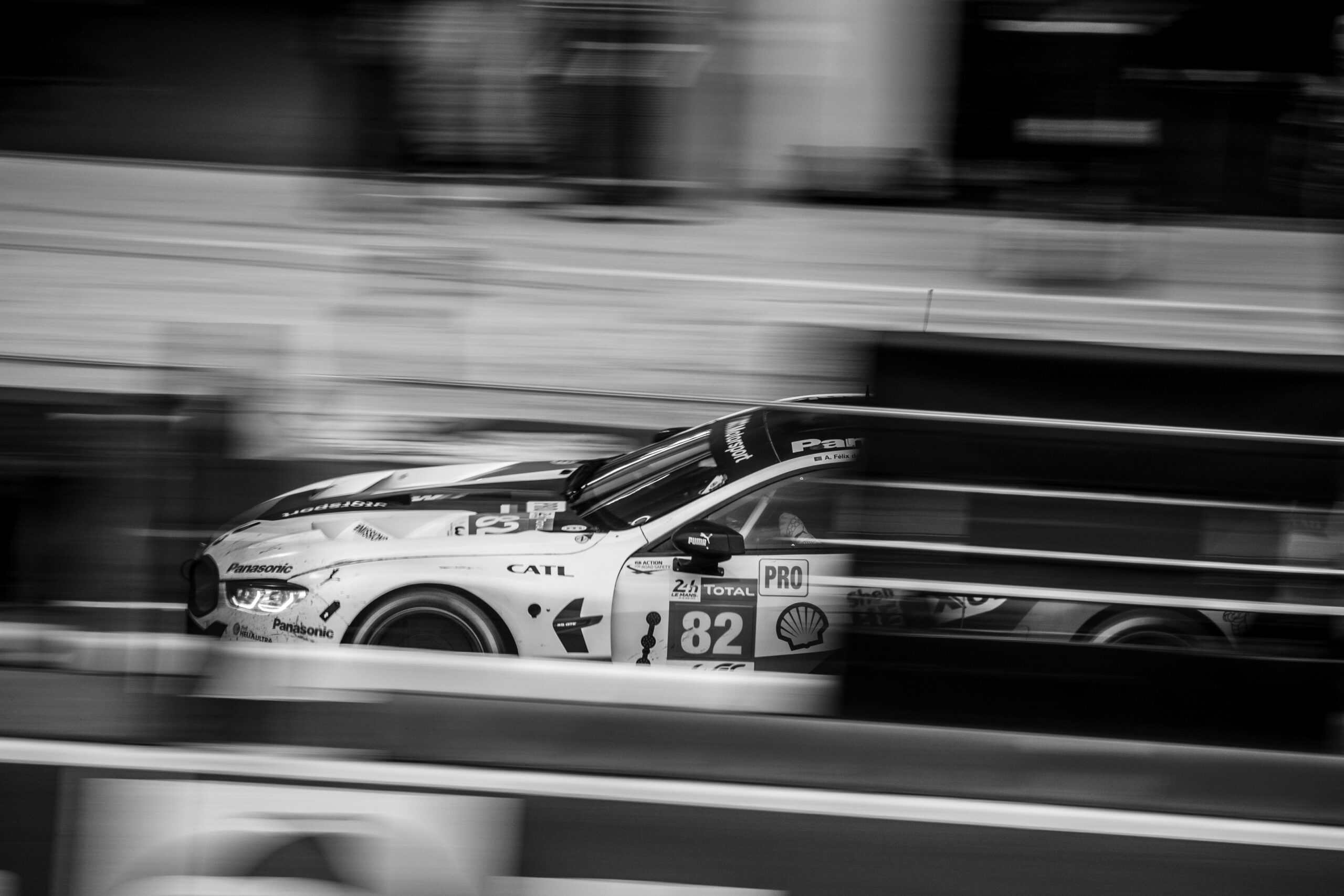The most reckless racers

It can also be said that drifting, a popular kind of motorsport, is uncommon. After all, it is comparable to figure skating, where judges focus more on "technique and artistry" than speed. Even Formula 1 demonstrates how pure speed appears to be valued, but for some reason is constrained by restrictions on fuel consumption.
Now, however, we are interested in something less mundane. Ideally, at "full throttle". And not a fairground event like the American Pig-N-Ford Race (a Ford Model Ts race with the obligatory pig in the crew), but a legitimate, widespread competition where there isn't no through road sign. Americans are thought to have been most successful at inventing all sorts of fancy racing. But other countries have also made significant contributions.

Barbie Racing Jeep
Even more people are hurt, but the makers of kids' pedal cars don't seem to care. According to legend, the good times began in the American Arkansas River region. With foreign "pilots" participating in the annual race, it is becoming more and more popular across the nation since it is straightforward and approachable.
The goal is to beat your competitors by driving down the mountain instead of using your body as a means of transportation. At first, only Jeep vehicles were permitted to begin; later, mixed races were held. Helmets are required for drivers. The suspension and steering can be strengthened if desired, although it doesn't appear to make much sense. The track must be made of dirt. Who knows—it might even turn into a World Cup competition.
The Drag Race
In 1948, the first track for paired races on a quarter mile was constructed in California, when the sport's contemporary iteration was born. However, it had already been done in the 1920s on desolate night highways in England and dried-up salt lakes in the US.
The concept of a fast acceleration over a small distance is no longer prevalent in drag racing (part of the races often take place over a track length of 18 miles, or 201 meters), but rather, may we say, technical mayhem. Hot rods and modified serial sports cars are acceptable. Good special vehicles include V8 engines modified for nitrous oxide and brake parachutes. But tractors and buses?
Challenge the Sun
The Australians had no notion where the inaugural race under that moniker would go once it was held in 1987. The World Solar Challenge now occurs every odd-numbered year and draws a wide range of creative minds from around the globe. 42 teams from technical colleges and businesses eager to build an effective solar-powered car attended the convocation the year before. Optimizing aerodynamics while reducing mass and friction losses is the difficulty.
The journey from Darwin to Adelaide, across the continent from north to south, is still 3022 kilometers long. Since 2015, the Dutch team has held the record for the fastest average speed (the previous record was 67 km/h; it was set in 1987).
Basic safety standards are not met by the competitors' cars, which are racing on public roadways. This proves that solar cars are a thing in and of themselves and that they are still a long way from being used as a fully functional vehicle on a large scale.
